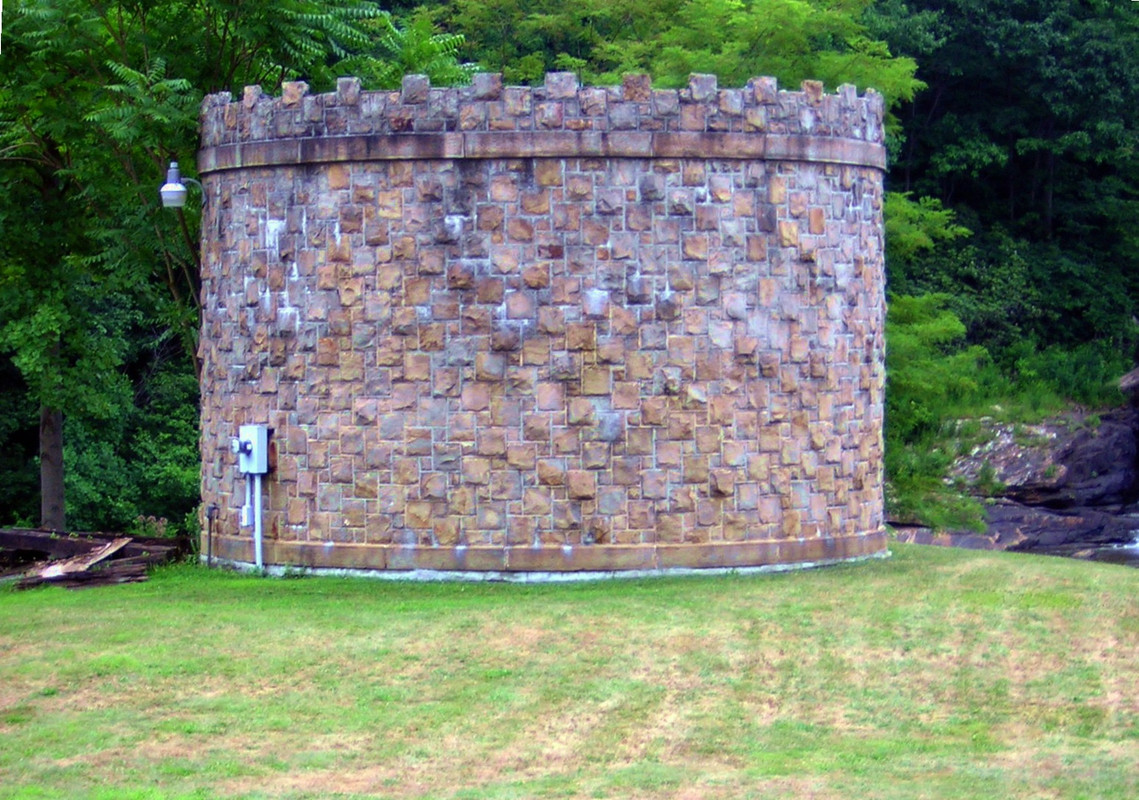JGR
Member
Sorry, I don't agree.Why do you think so?
Rainbows could have been introduced there by others. That has happened in numerous locations in PA.
Sorry, I don't agree.Why do you think so?
Rainbows could have been introduced there by others. That has happened in numerous locations in PA.
No need to apologize for having an opinion.Sorry, I don't agree.

I know. The Laughlintown area rainbows are late winter spawners and where planted by the Rolling Rock Club in the early 1900s.That’s why I asked if the populations are fall or spring spawners. PFBC RT are fall spawners. Decades ago (1940’s ) I have been told that feds stocked spring spawners in Pa.


There are 7 streams in SWPA on the list and 4 others in the rest of the state. The wild rainbow streams I’ve been to in PA aren’t dominated by rainbows. All 3 trout tend to coexist with brookies still in control of the colder water upstream.It's been awhile since I've looked at the class A list but my recollection is that most, if not all, of the wild rainbow pops are in SWPA. What is unique about this area that supports these populations?
Years ago I tried my luck on a class A RT stream in this area and caught only brook trout. Eventually, a year or 2 later I did connect with a wild rainbow but I was initially surprised.
Troubling to see bows in Camp Rn now.
The reason there are wild rainbows there has nothing with the streams being "unique." There are thousands of miles of freestone streams in PA and elsewhere in the eastern US that are very similar.It's been awhile since I've looked at the class A list but my recollection is that most, if not all, of the wild rainbow pops are in SWPA. What is unique about this area that supports these populations?
I believe what you're saying is mostly, but not entirely correct....Various private parties have stocked wild strain rainbows that established populations, both in the past, and more recently. Some of these were clubs, some were pay-to-play businesses. Some were fishermen who just wanted a rainbow population in their local stream.
In recent years wild rainbow populations have become established in Spring Creek and Elk Creek (Penns Cr drainage). The PFBC has stocked rainbows in both watersheds in vast numbers for about a century, and the Spring Creek drainage has 3 hatcheries, which used to have large numbers of escapees. But rainbows never established.
But recently rainbows have become established. This was from private party stocking. People buy trout from hatcheries and they are using strains that are different than the PFBC strain.
What you experienced in those 2 streams (catching more brookies than rainbows) is what I have experienced in other similar streams. You should eventually catch a rainbow and I’d guess it will roughly come around the midpoint area of that stream. A little color in the water tends to increase chances.I’m very new to the sport and live between camp run and pike run. Since October I’ve only caught (very few, admittedly) brookies in each stream. This one was on private property in pike run just last month. Pink egg/worm combo on a 10’6” tenkaraView attachment 1641229483
Private individuals and clubs stock private hatchery fish or cooperative nursery fish in streams that the PFBC already stocks. In part, I assume the philosophy is “more are better.” In one case the reason was because the anglers thought a particular strain was better and they were willing to pay to get that strain, which goes to Troutbert’s comment.I believe what you're saying is mostly, but not entirely correct.
Wild rainbows appear in the Laurel Hill Creek tributary I mentioned above after the PFBC discontinues stocking it with brook and brown trout in favor of hatchery rainbows. Also, while possible, why would an individual stock private hatchery rainbows over those stocked by the state?
It's seems like too much of a coincidence.
